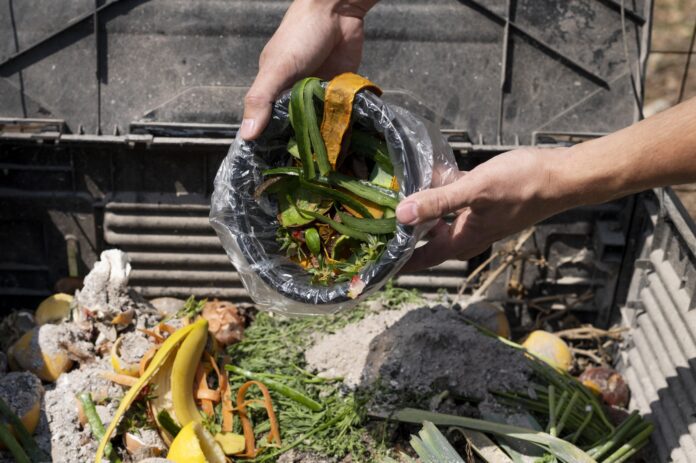Food loss and food waste refer to the reduction or disposal of food that is safe and nutritious for human consumption. Food loss occurs at the production, post-harvest, and processing stages, while food waste occurs at the retail and consumer levels.
There are various ways to measure food loss and waste, including:
- Physical measurement: This involves weighing and counting the amount of food that is lost or wasted.
- Economic valuation: This involves estimating the monetary value of the food that is lost or wasted.
- Material balance: This involves tracking the flow of food from production to consumption and calculating the difference between the two.
- Life cycle assessment: This involves analyzing the environmental impacts of food loss and waste throughout the entire food supply chain, from production to consumption.
- Nutrition assessment: This involves analyzing the nutritional value of the food that is lost or wasted.
It is important to accurately measure food loss and waste in order to understand the extent of the problem and develop strategies to reduce it.















